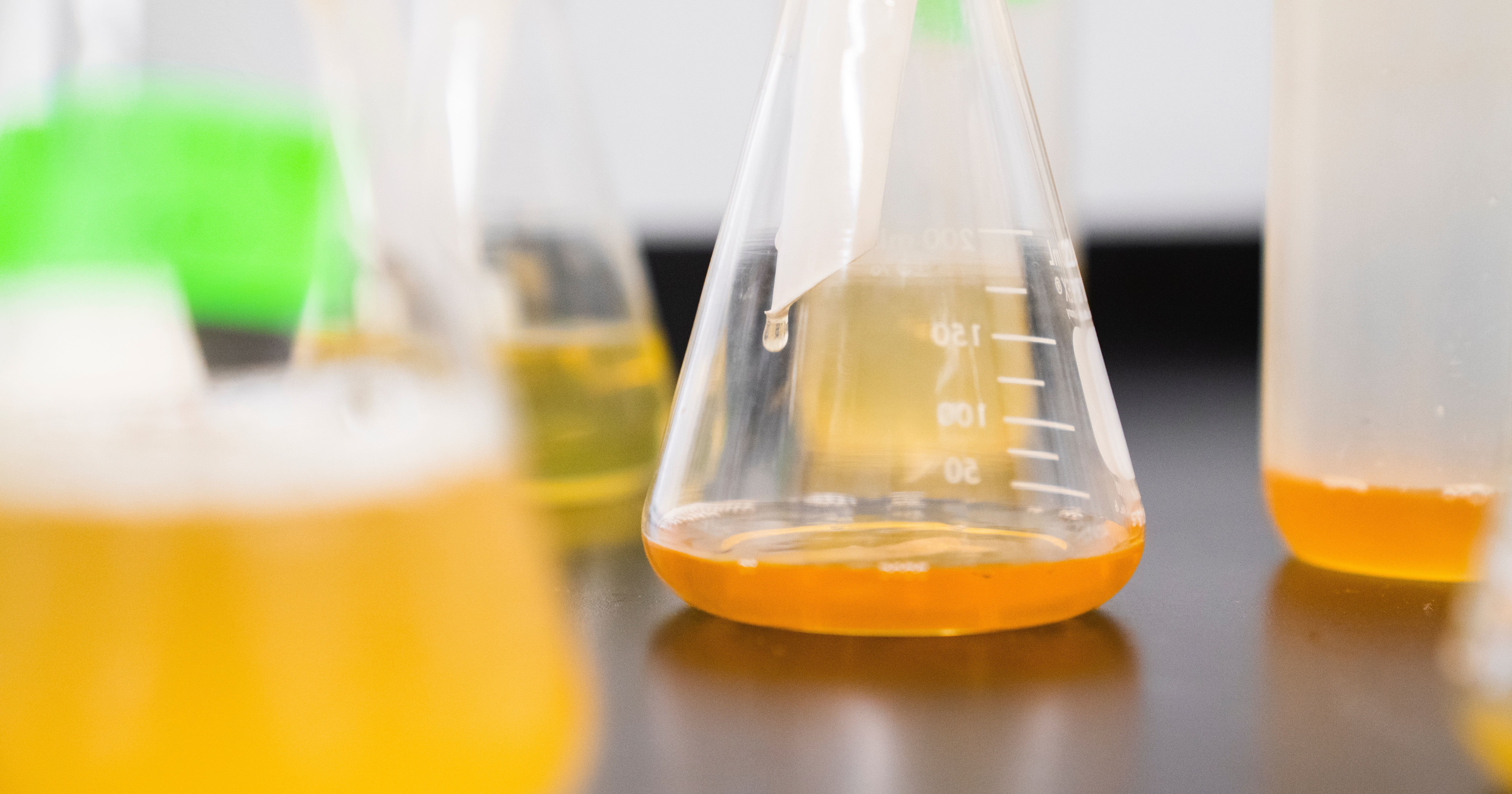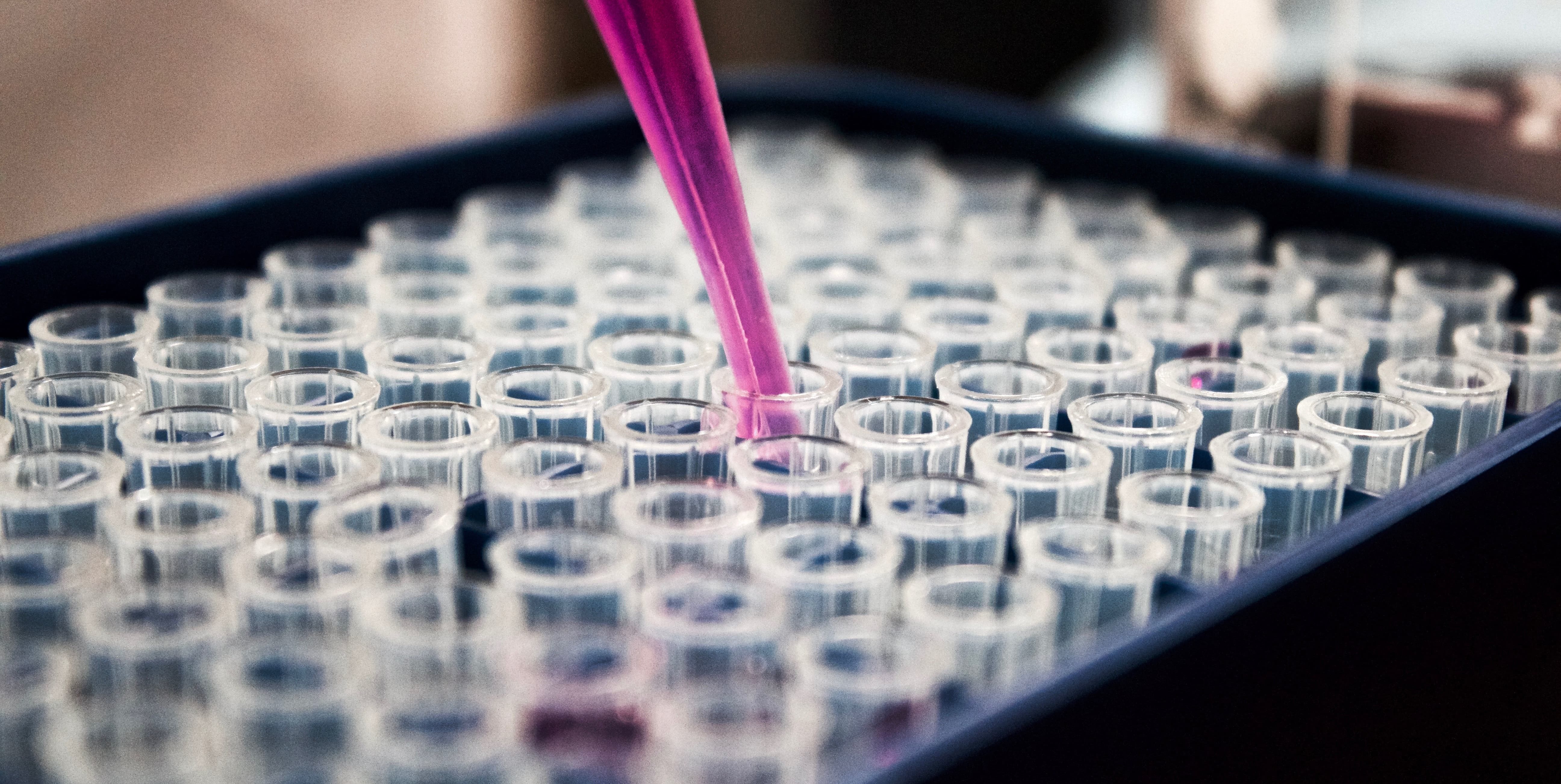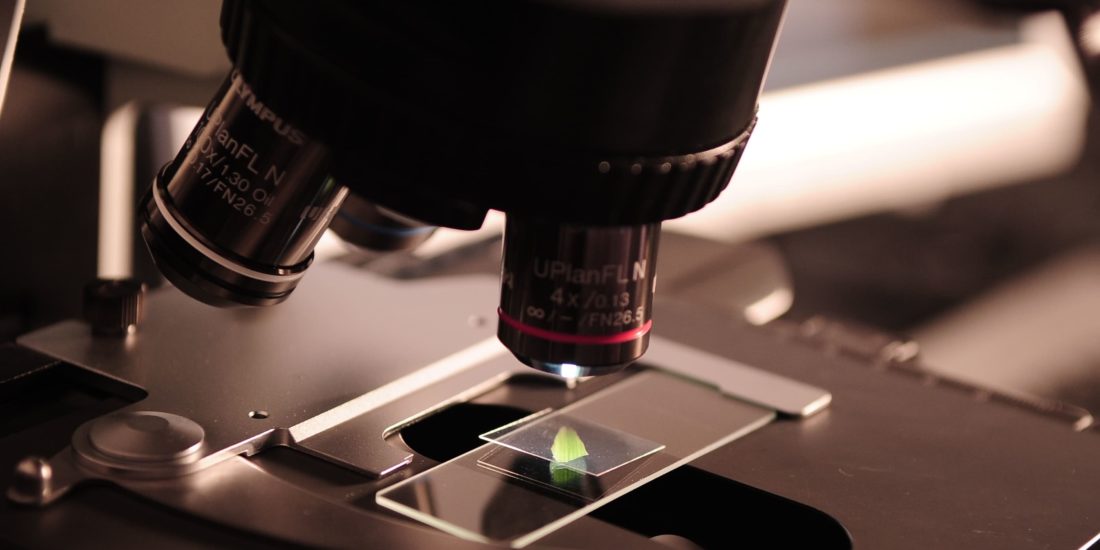Basic notions that a GLP Laboratory must meet
Good Laboratory Practices (GLP) aim to confirm the safety and efficacy of any chemical product. For this, they make up a quality system related to the management of trials that covers a broad list of processes. In the following lines we will try to shed light on some of these procedures in order to know them better and thus approach excellence in laboratory work.
According to the OECD definition, Good Laboratory Practices are responsible for describing recommendations on processes linked to the planning, implementation, control, registration, filing and information of non-clinical laboratory trials.
The GLPs aim to guarantee the uniformity, consistency, reliability, reproducibility, quality and integrity of the trials. Therefore, they are intimately linked to laboratories that, taking advantage of the resources available, offer high quality standards.
The trials covered by the Good Laboratory Practices can be classified into:
- Study of physical-chemical properties.
- Toxicological studies: measure the effects of substances on human health.
- Ecotoxicological studies on aquatic or terrestrial organisms: they evaluate the environmental effects.
- Ecological studies on their behavior in water, soil and air or bioaccumulation.
GLPs not only focus on chemicals, but are also applicable to medical devices, food additives and packaging and other products and / or ingredients. It is important not to confuse Good Laboratory Practices with safety standards and laboratory protection.
Ten Good Laboratory Practices
1. Apparatus, materials, reagents and samples
The samples and chemical products used in the laboratory must be properly stored, in the location defined for them and in the appropriate environmental conditions. Of course, you must be aware of the expiration date of them. In addition, they have to have an appropriate labeling, where their origin, identification, concentration and all those data that are considered pertinent appear.

As for the devices used, which include, among others, measuring devices, glassware and computer equipment, all must be clean, operate optimally and not interfere with each other. There must be a record of its use, operation, maintenance, calibration and validation.
Both the chemical substances and the different devices have to be in sufficient quantity and must have capacity for the work load that the laboratory supports.
2. Standard work procedures (SWP)
The standardized work procedures are defined as those that describe in detail the activities that are carried out in order to reach certain quality goals or comply with legal aspects. The most relevant operations of the laboratory must have their corresponding SWP.
In a trial laboratory there are usually standardized work procedures on reception, treatment and disposal of products, maintenance and calibration of equipment, management of records and reports, etc. Operators must have on hand a copy of the standardized work procedures authorized in each trial area.
3. Quality assurance program
A quality system guarantees that the results obtained by the trials are reliable and adapt to the established purpose, are presented in the appropriate manner and their cost is acceptable. It is important to clarify that quality does not have to be related to results of greater precision or accuracy or better analytical techniques and more advanced instruments.

In order for the quality assurance program to meet the requirements of Good Laboratory Practices, certain requirements must be met: all personnel in charge of the system must have the appropriate qualifications, inspections and surveillance of critical processes must be established, as well as actions in the case that certain pre-established control limits are exceeded. Management must receive periodic quality reports.
4. Reference products
The reagents or reference products are those whose composition is known in detail with a minimum margin of error. Its use is essential for the realization of some trials, so they play an important role within the Good Laboratory Practices.
The reference products must have standardized work procedures that cover all the operations carried out with them. These SWPs deal with, among other issues, reception, storage, use and identification of these products.
If you work with mixtures of reference and trial products, they must be correctly labeled, so that there are no errors of identification or cross contamination between them. In addition, there should be records of homogeneity and stability of the mixtures.
5. Obtaining, maintenance, care, housing and confinement of laboratory animals
In the case of trials with animals, it is important that certain requirements related to obtaining, housing and maintaining these beings are met, so that thanks to them the quality of the data obtained is not affected.
It is important that the environmental conditions, such as temperature, humidity and cleanliness of the cabin, are optimal for the life of the specimens. Therefore, a permanent and periodic control over these conditions must be maintained, in addition to defining procedures for the management of the waste produced.
It is necessary to design satisfactory measures of quarantine or isolation in case the animals are sick or suspected of it. The creation of watertight departments is also relevant, as an exclusive area for the storage of animal feed, which should not be mixed with other products or laboratory reagents.
6. Reports of results
Of course, the documentation associated with laboratory trials must conform to the principles of Good Laboratory Practice.

Final reports must be signed by the responsible parties. The beginning and end of the trial should also be dated, as well as a signed statement of quality assurance. Obviously, the report will capture the protocols, reagents, samples and reference products used, as well as the primary data collected.
7. Storage and preservation of records
All documents related to laboratory work must be properly archived. Among the most common records of a laboratory are the test protocols, the experimental data collected, the use of reagents and reference products and the final reports.
The laboratory documentation must be properly protected against loss, theft, fire, flood or damage caused by bad environmental conditions.
Procedures should be implemented that describe how to recover this documentation and ensure that only those with authorized can access it. Additionally, there must be an inventory with all the documents stored and a record in which all the movements that take place on them are reflected.
8. Organization and personnel
The organization chart of the company must be clearly defined. In addition, certain documents will be required, such as the CVs of the employees and managers, description of the trials that are carried out and of the experimental systems, steps for the monitoring of the health of the personnel, index of the different SWPs and training records of the employees technicians.
It is essential that workers have the appropriate qualifications for the performance of their work, as well as sufficient resources for the types and volume of trials performed in the laboratory.
9. Facilities
These must meet certain criteria regarding their dimensions, construction, design and location.
It is required that there is a certain isolation between different trials areas, so that there can be no confusion between the materials of one and the other. In addition, as previously mentioned, the areas of residues treatment, storage of reagents and reference products and those for the treatment of samples and specimens must be adequately separated.
The design of places that are properly set and with an optimal maintenance and cleaning is also crucial for compliance with Good Laboratory Practices.
10. Personal habits
Last but not least, it is necessary to pay attention to the individual behaviors of each of the components of the laboratory’s organizational structure, from the highest positions to the workers with the least responsibility.
Each and every one of them must have perfectly assimilated the importance of their task in the company. For this they must feel professionally realized and perceive that their daily work is reflected in the success of the laboratory.
For all this to be a reality, each individual has the duty to know and execute the assigned tasks perfectly, performing them according to the established and documented procedures and, of course, complying with the respective safety and health regulations in the workplace.
The Spanish regulations applicable to Good Laboratory Practices can be found in Royal Decree 822/1993, which establishes the principles of GLP and its application in non-clinical studies on chemical substances and products, and in Royal Decree 1369/2000, which modifies the previous one.
Of course, the correct application of Good Laboratory Practices is controlled by periodic inspections in which the aspects referred to in this article are audited. In Spain, the body in charge of this is the National Accreditation Entity (NAE).
The legal regulation that deals with surveillance for compliance with GLP in Spain is based on Royal Decree 2043/1994. This Royal Decree is an adaptation of the European Directives 88/320/EEC (Repealed by Directive 2004/9/EC), 90/18/CEE and 99/12/CE. Thanks to the latter, the results of a laboratory in a Member State are also recognized by the others.
By way of synthesis, it can be concluded that the verification of the safety of chemical products through the establishment of Good Laboratory Practices is a multidisciplinary path that involves all the ranks of the business organization.
The points to be addressed for this purpose include the organizational structure of the laboratory, the management of samples, reagents, reference materials, waste and live specimens, environmental factors, use and archiving of documents and work procedures and factors related to total quality.


Leave a Reply